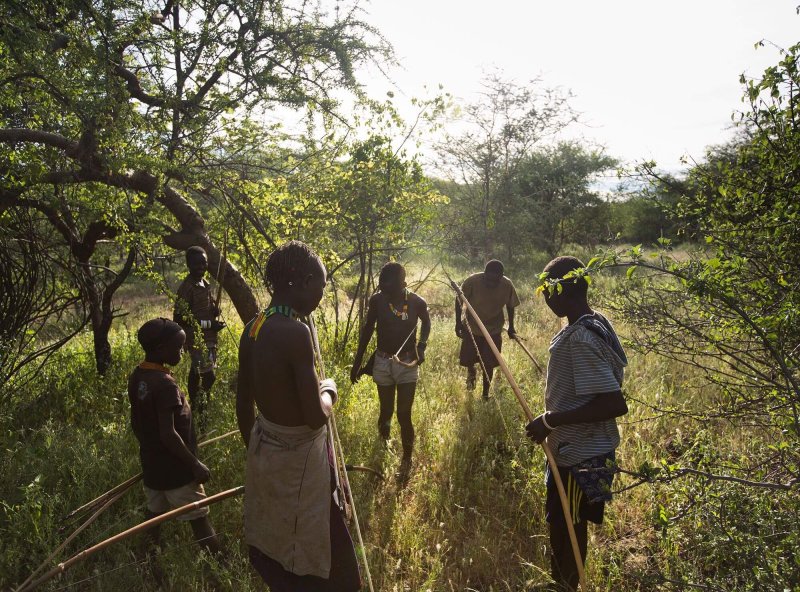[Research by Toman Barsbai and colleagues shows] that adaptation to local ecological conditions is an important determinant of variation in human behavior in traditional societies.
The sample analyzed by Barsbai et al. consists of 339 hunter-gatherer societies that are most appropriate for comparison because their members’ lives and livelihoods are intimately constrained by the natural world. The authors show that variation in hunter-gatherer patterns for 15 behavioral variables statistically converges on the same characteristics that are most common in birds and mammals in the same local regions of the world. These traits include diet composition, mobility patterns, paternal investment, divorce rates, social group size, and social stratification.
In other words, in places where hunter-gatherers are more polygynous, there also tend to be more polygynous bird and mammal species. These patterns appear to be driven by ecological and habitat similarity, not by locational proximity per se. Not only are hunter-gatherers behaviorally similar in similar ecologies, but even mammals and birds in those ecologies tend to exhibit the same behavioral regularities as do the human populations. Hence, the study appears to validate the basic premise of the evolutionary perspective called “human behavioral ecology.”
Culture and genes are linked in a tight coevolutionary embrace, and this leads to complex patterns of genetic and cultural co adaptation.































